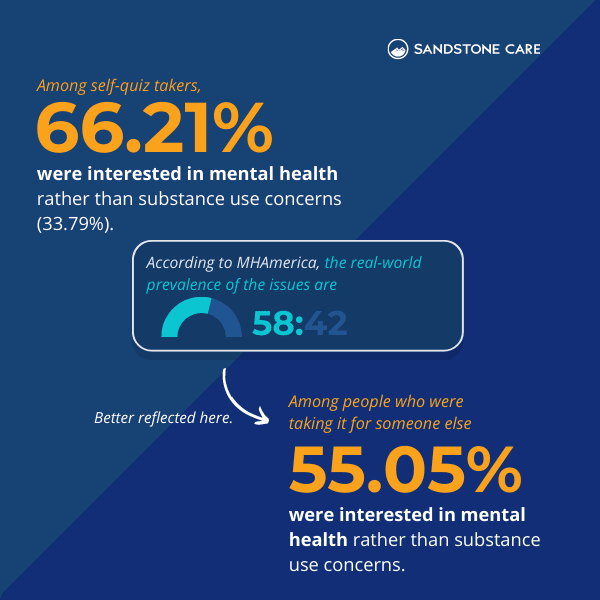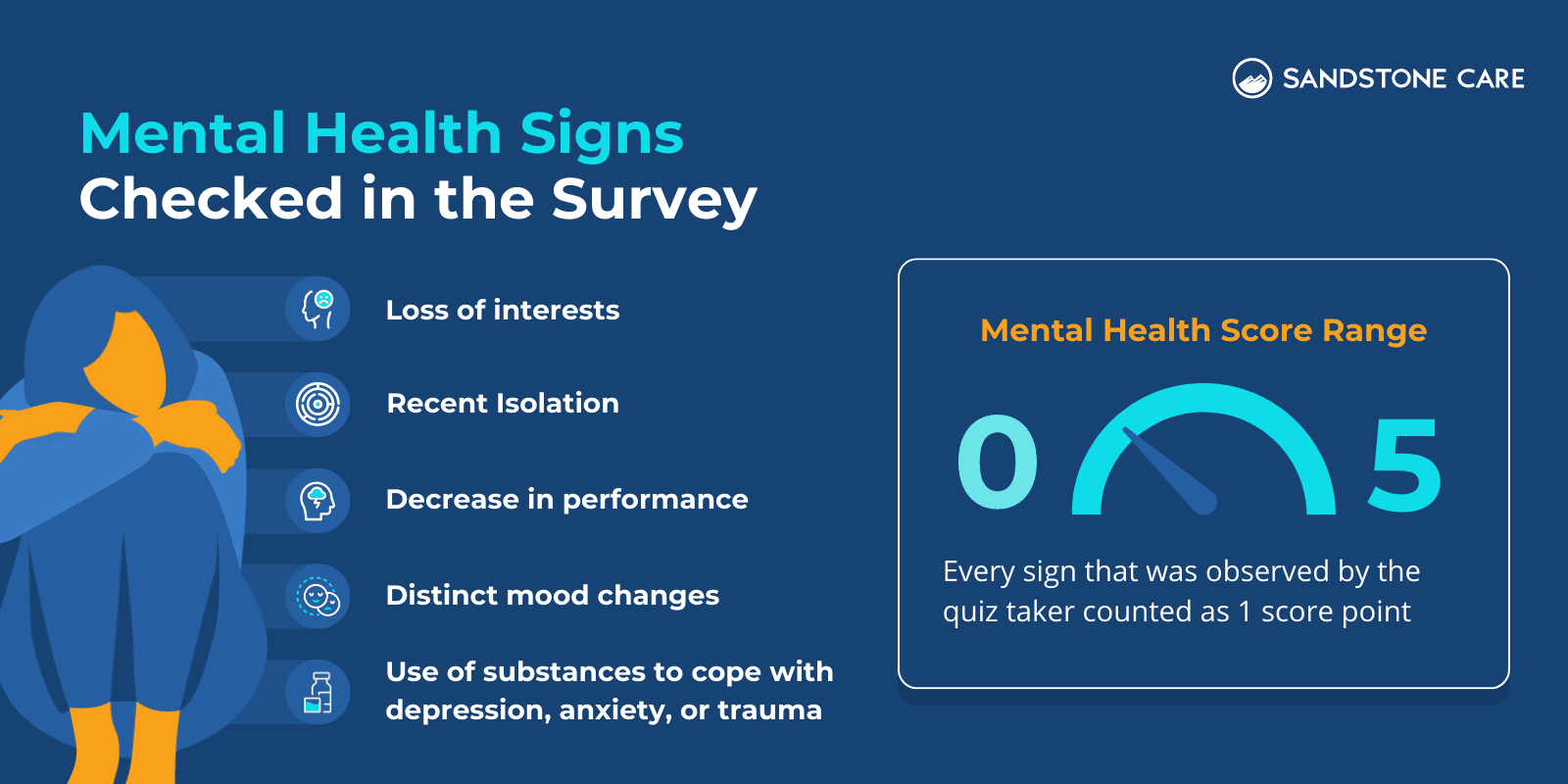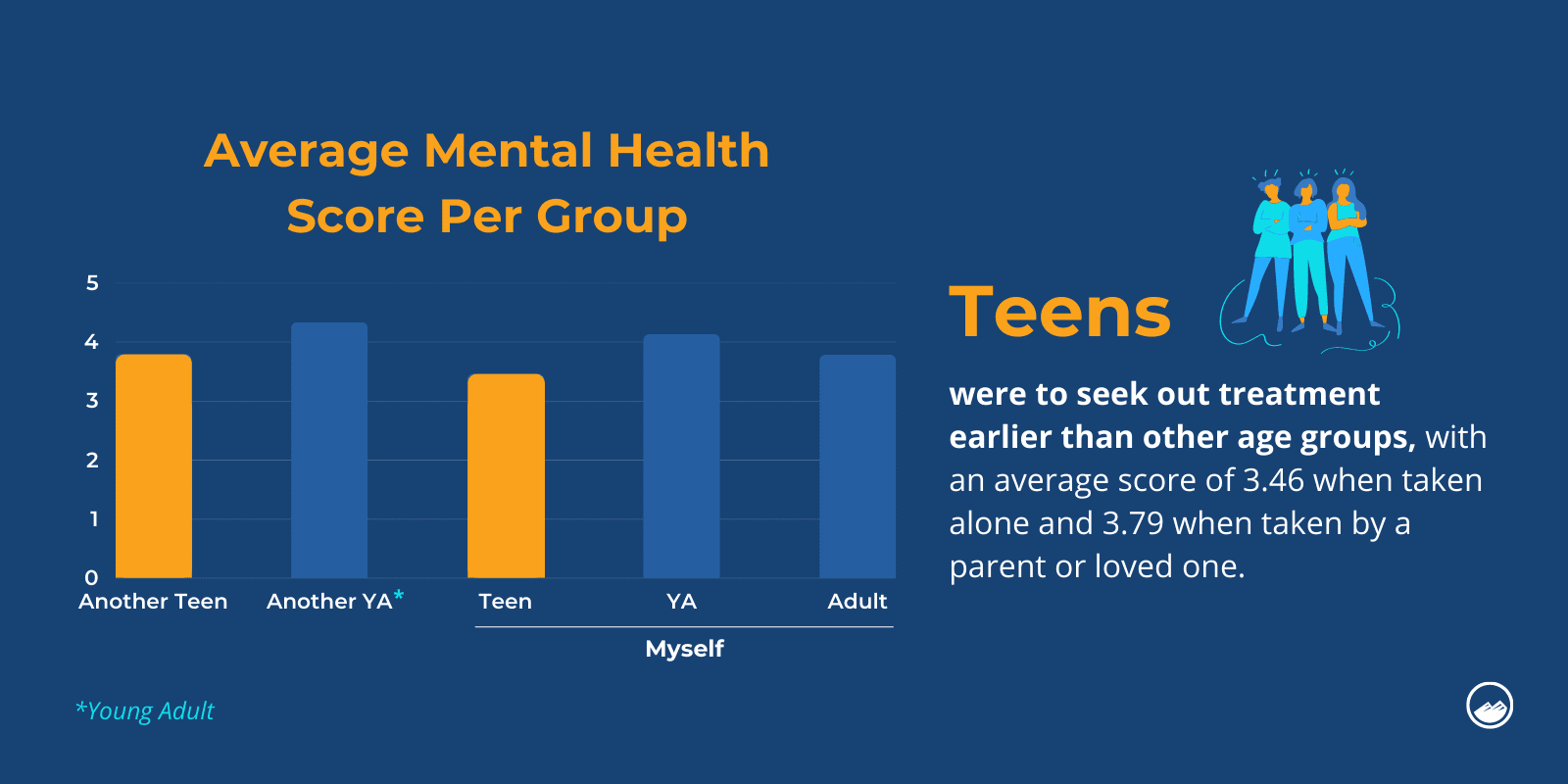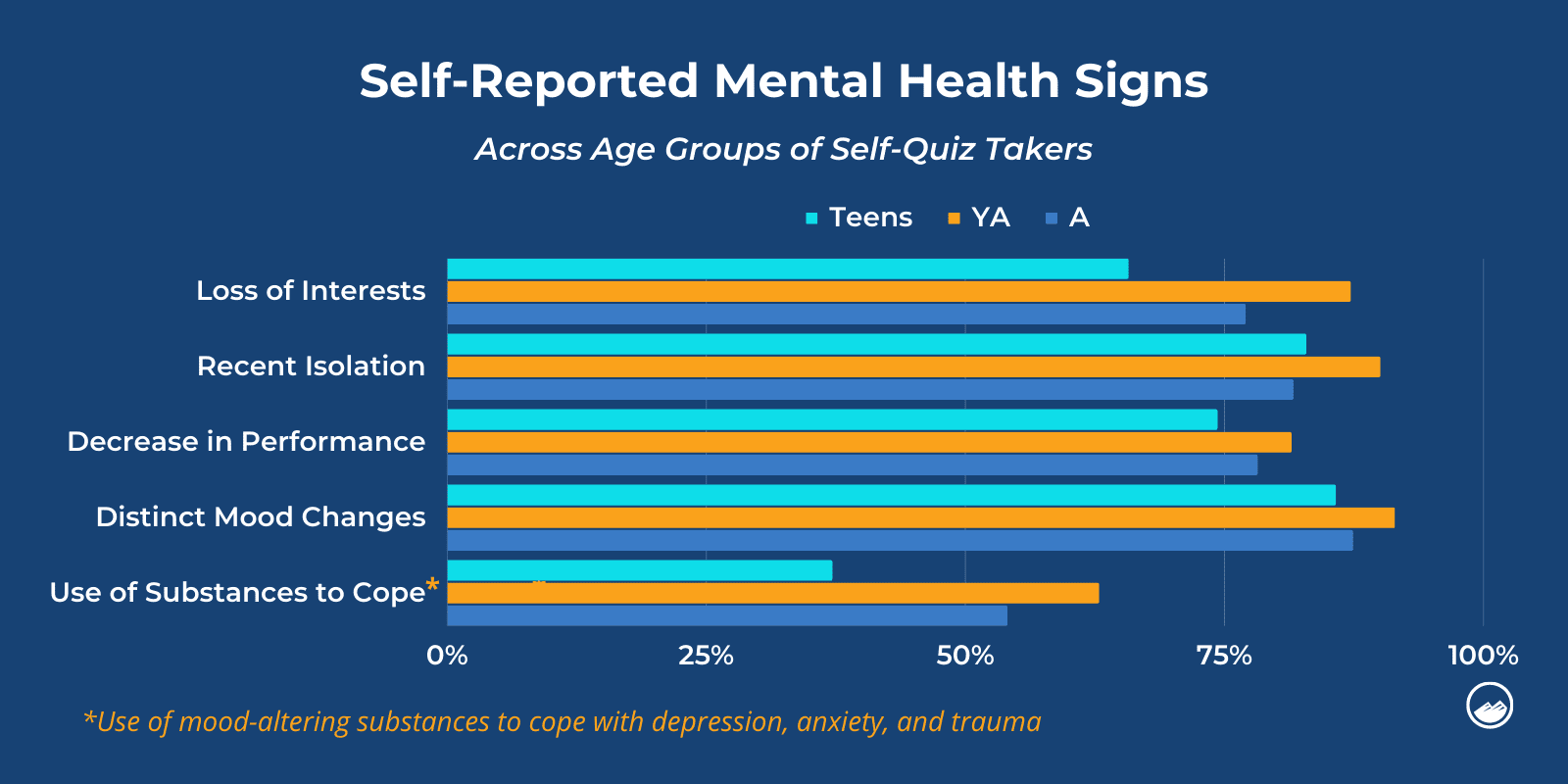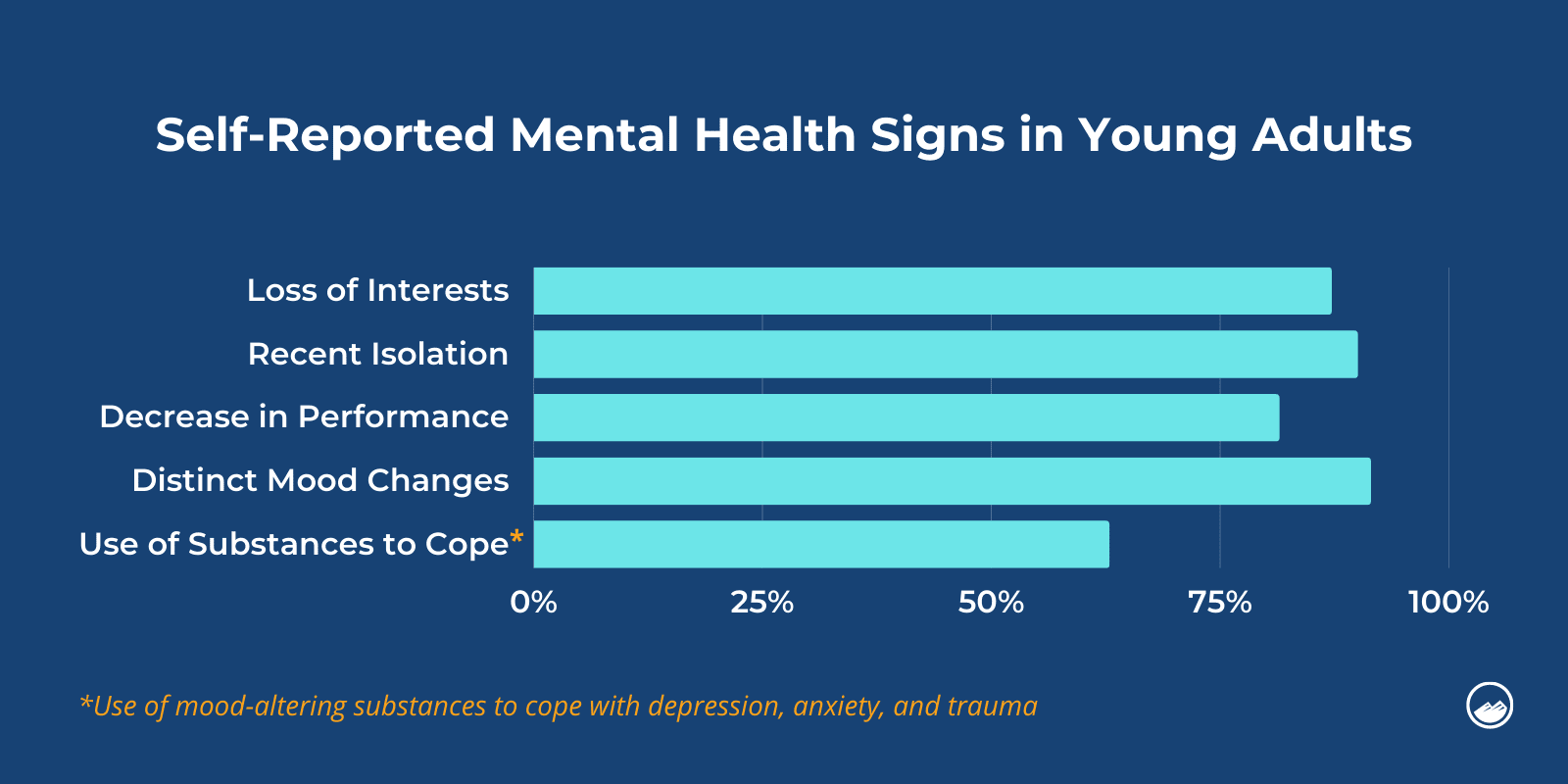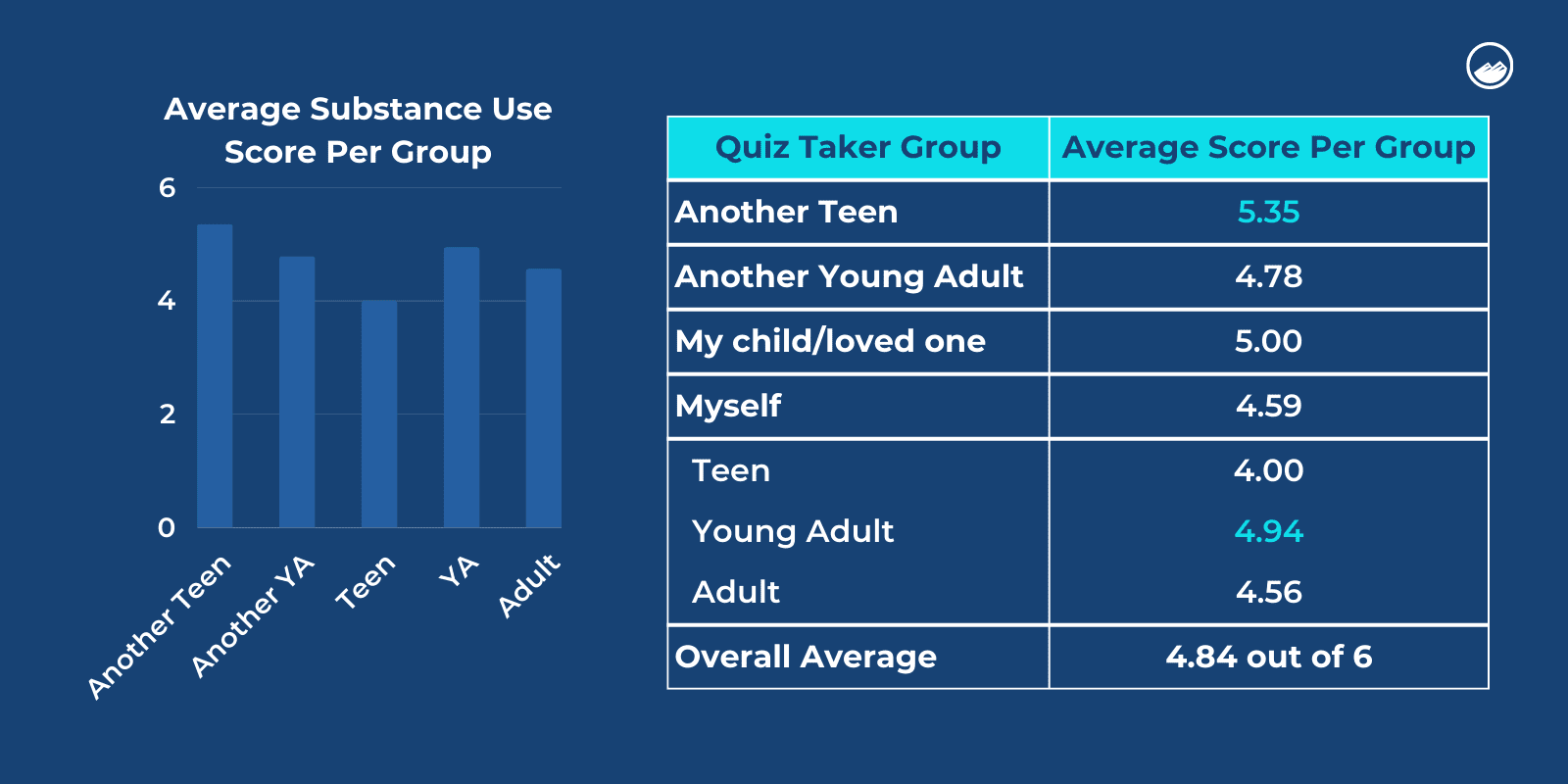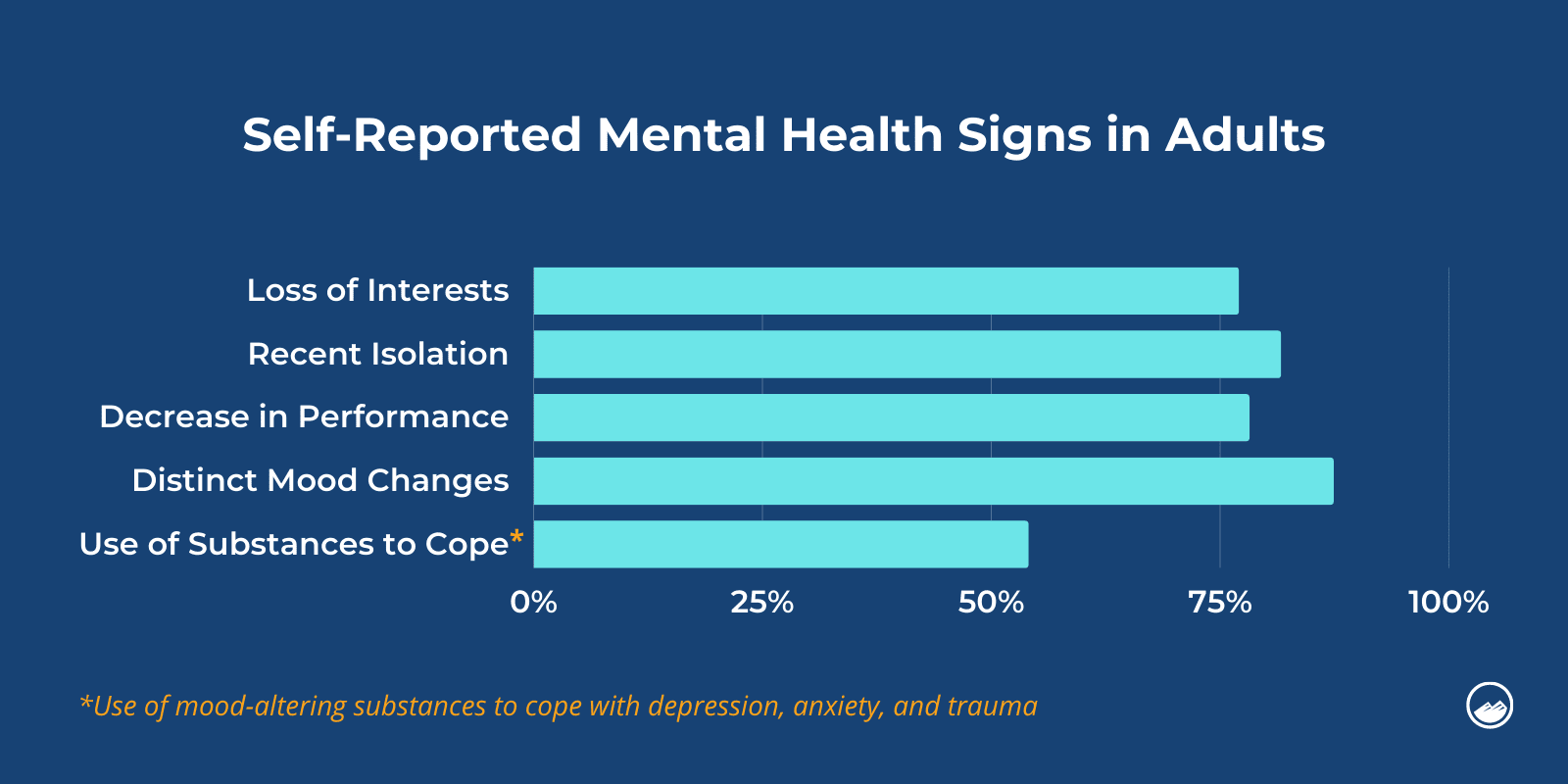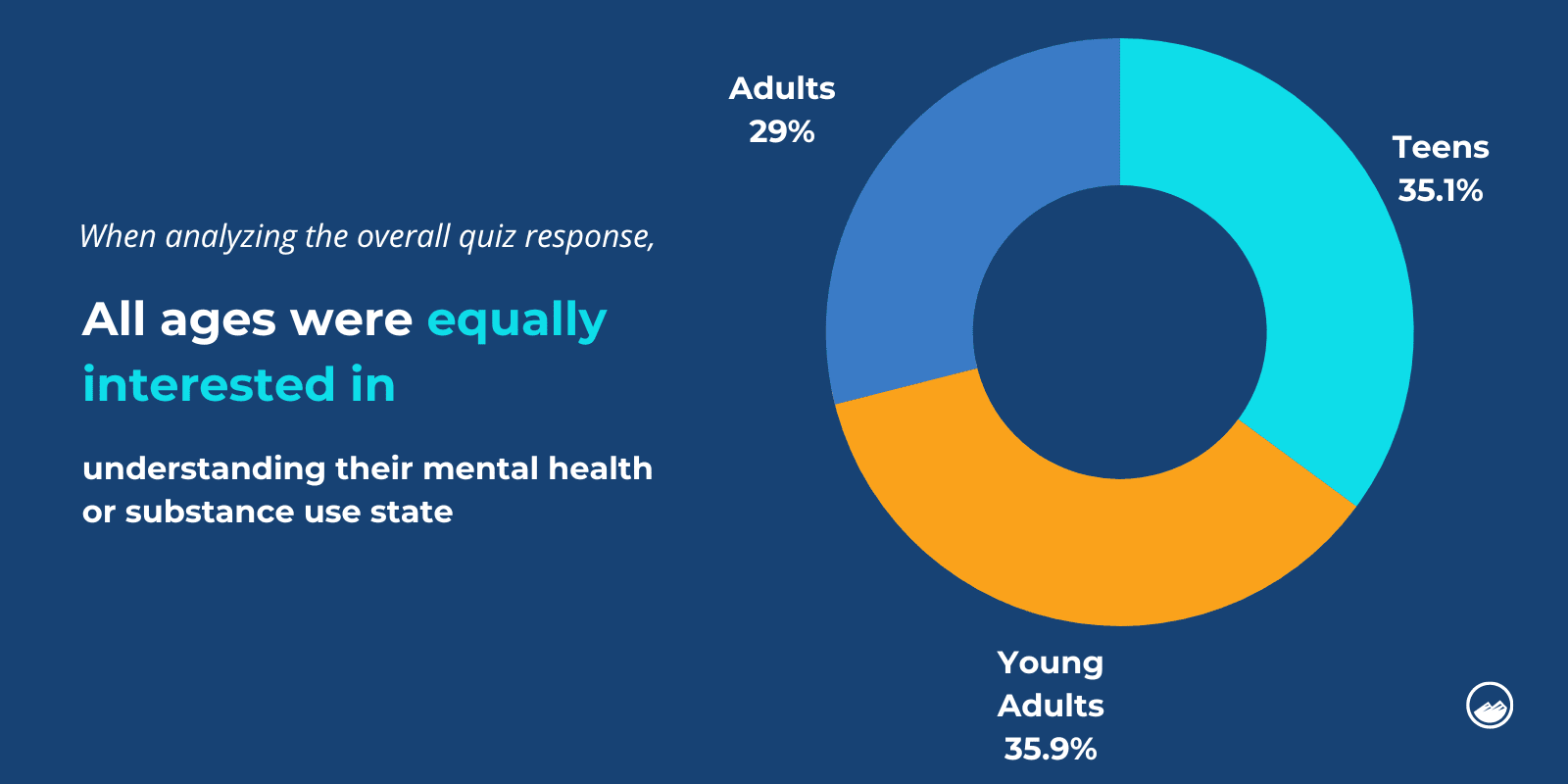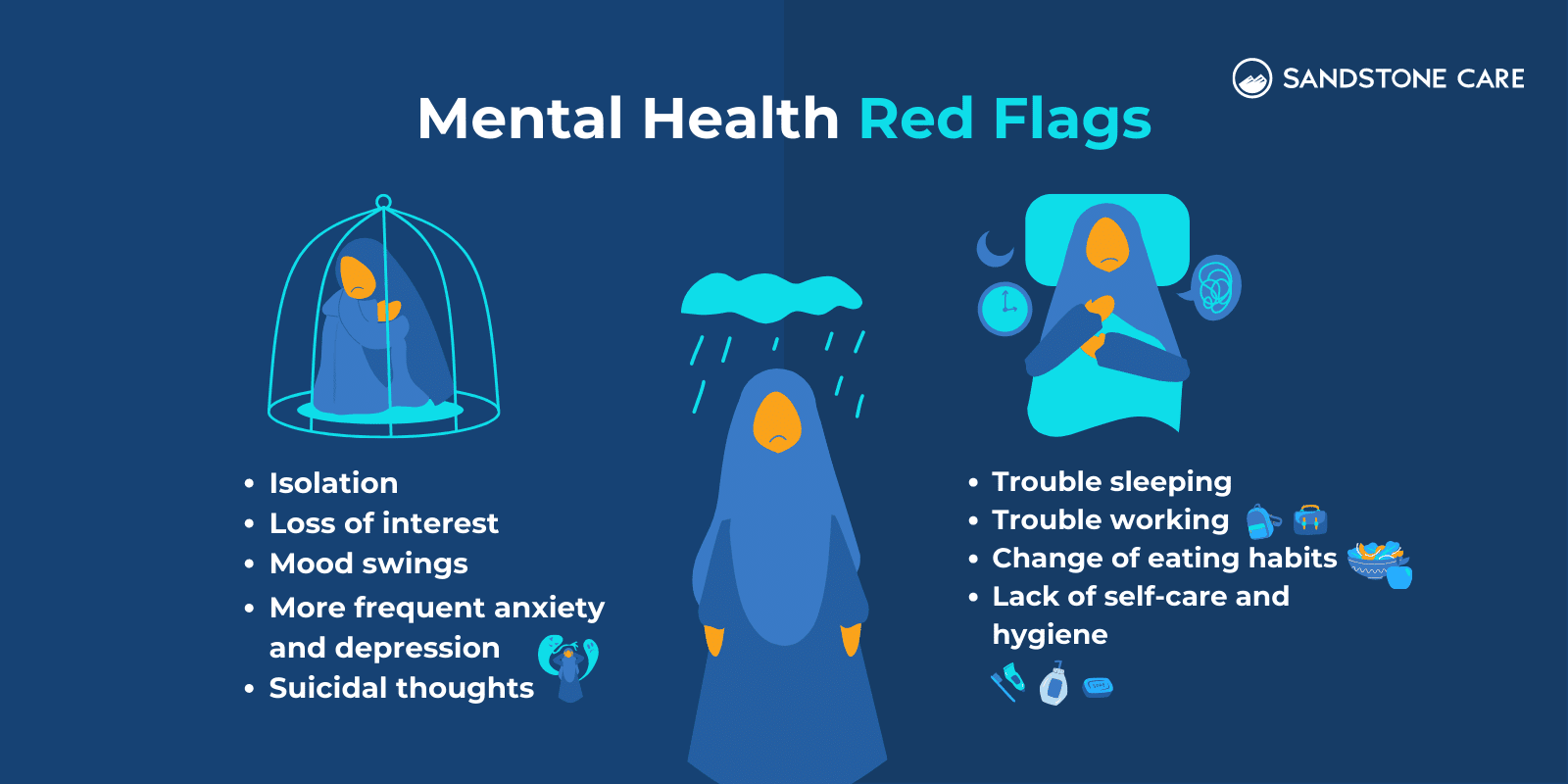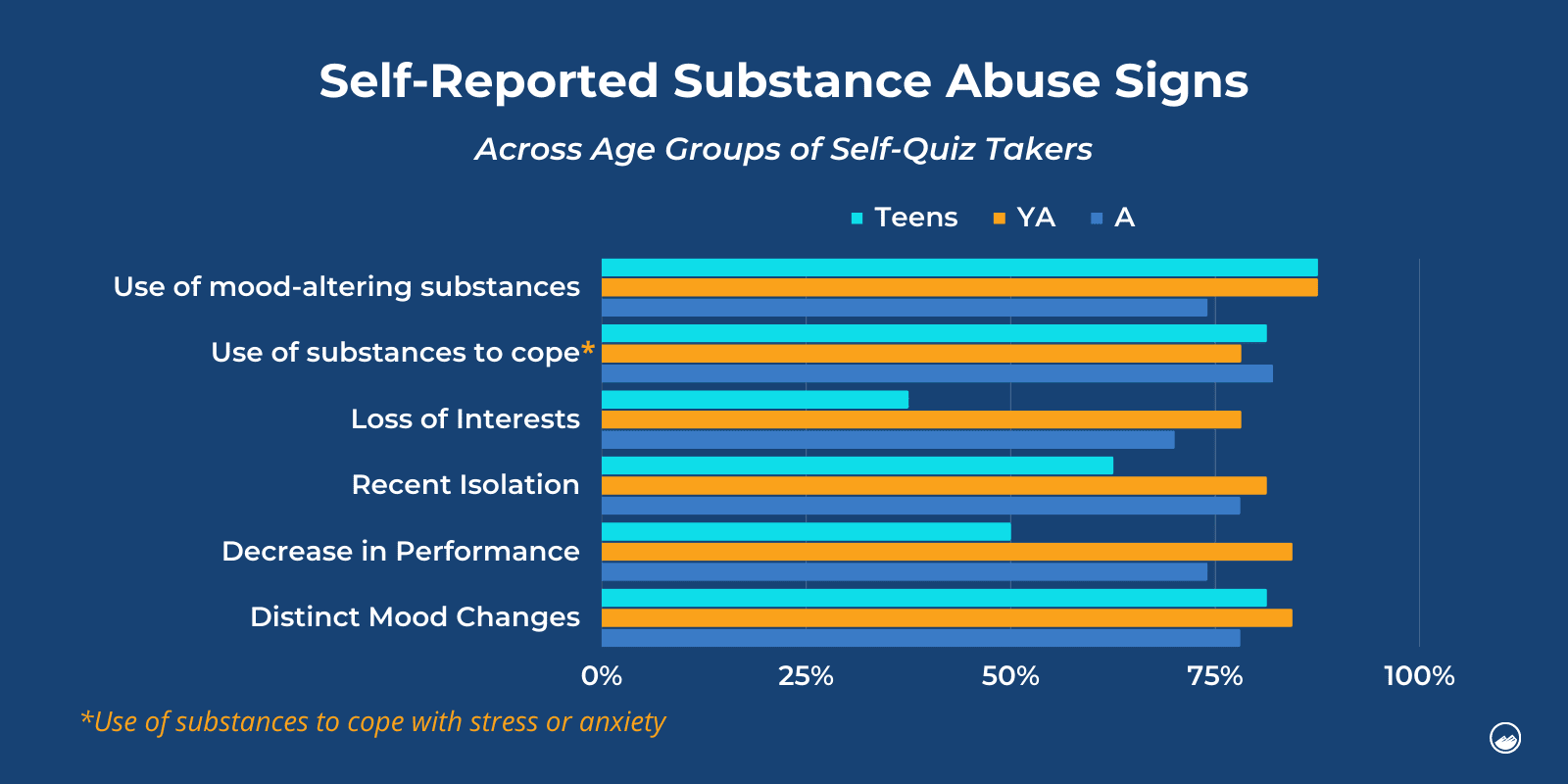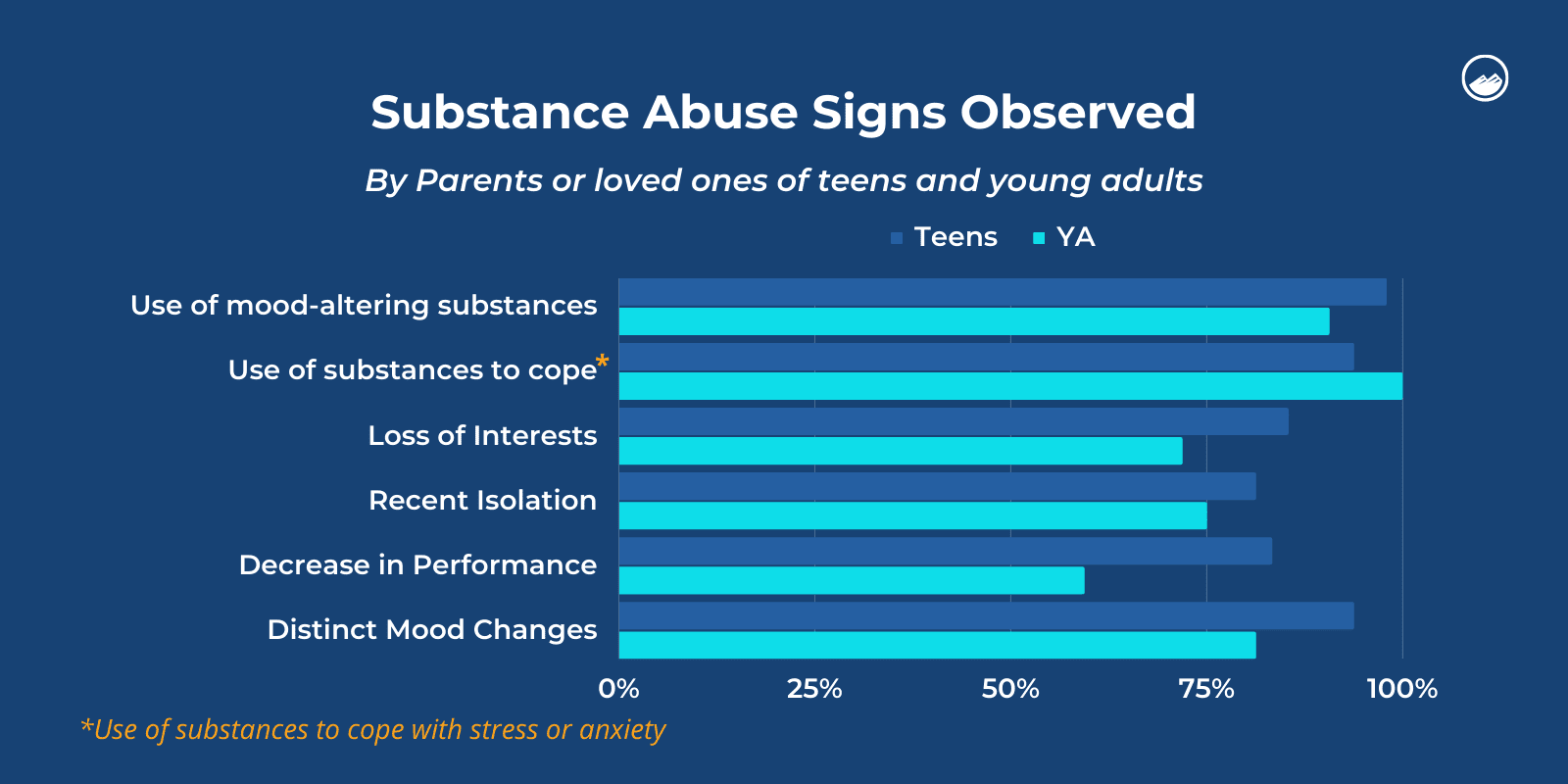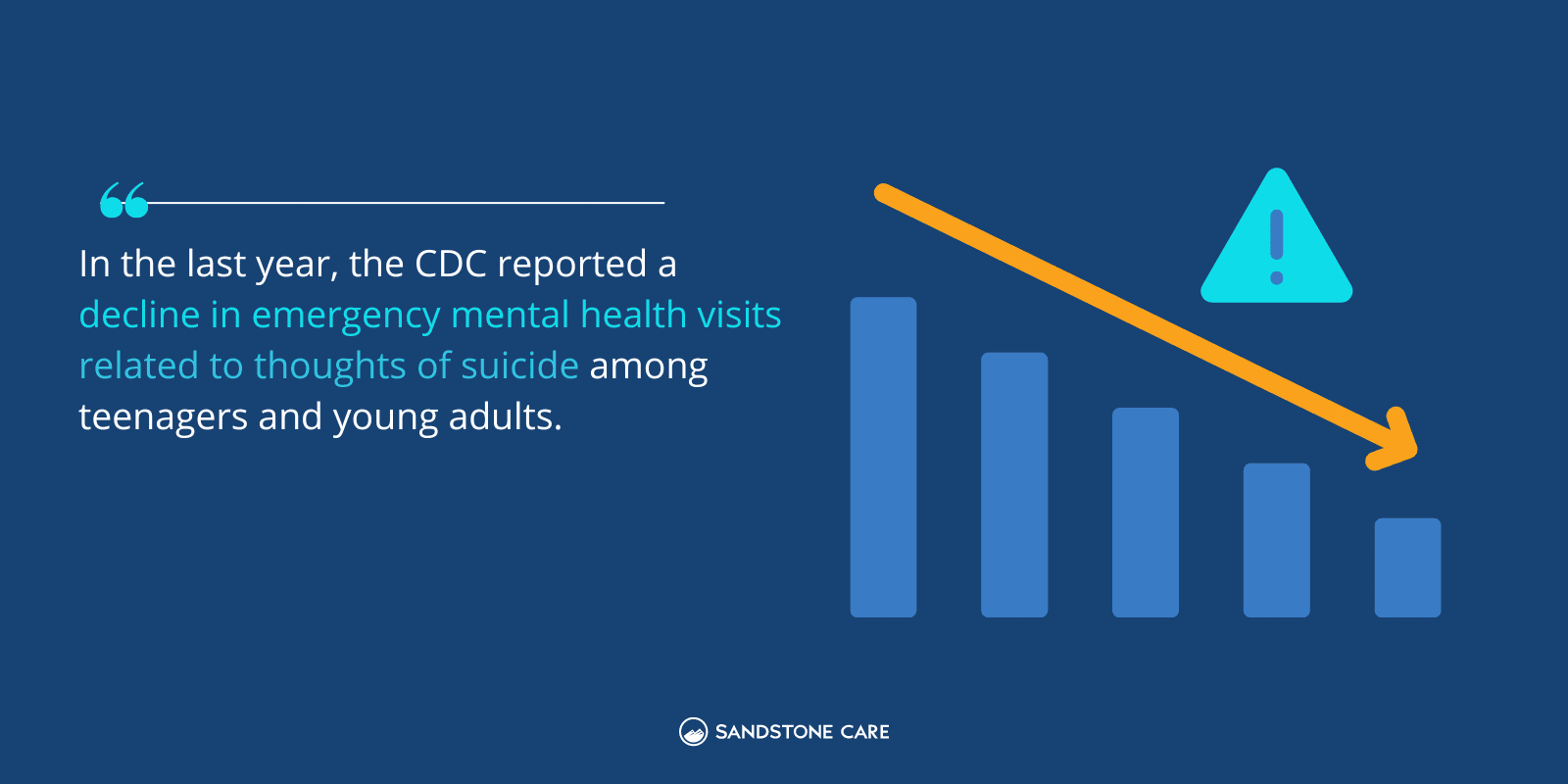COVID-19 Pandemic
In 2020, the COVID-19 pandemic upended the international healthcare landscape. Beyond its obvious physical devastation, the coronavirus pandemic also triggered a slew of mental health emergencies across the globe.
As it flooded hospitals with physical ailments, the pandemic also intensified pre-existing mental health risks and triggered new conditions. In the first year of the pandemic, the World Health Organization (WHO) reported a significant 25% increase in depression and anxiety cases worldwide.
Furthermore, the National Institutes of Health (NIH) has uncovered evidence suggesting that individuals with pre-existing mental health issues are at a higher risk of hospitalization from COVID-19. These disparities highlight the interplay between mental health and physical health outcomes during the pandemic.
In addition to the direct links between mental health issues and the COVID-19 pandemic, researchers also anticipate a surge in substance abuse. The link between stress, isolation, and substance use underscores the importance of addressing these issues together.
Isolation and circumstance-based fear both put people at risk of developing long-term mental health complications, and both have been rampant during the pandemic era.
- Isolation
The enforced social distancing measures and isolation resulting from the pandemic have had a detrimental effect on mental well-being, particularly in exacerbating depressive symptoms. Isolation, coupled with limited social interactions, has intensified the sense of loneliness and disconnection.
- Fear and uncertainty of circumstances
The pervasive fear and uncertainty surrounding the pandemic have significantly contributed to heightened anxiety levels. Concerns about personal health, safety, economic stability, and the unpredictable nature of the pandemic have fueled anxiety symptoms.
Sandstone’s research found that these two factors were ranked as primary concerns in 2023. Isolation, fear, and uncertainty were observed by an overwhelming majority of Sandstone’s participants.
As we navigate the changing environment of 2023, with pandemic restrictions lifting and a return to normalcy, individuals are faced with the task of addressing the emotional devastation left behind by the pandemic era. Uncertainty in various domains, including personal, political, and economic aspects, continues to be a significant stressor, further impacting mental well-being.
There is good news, the CDC has observed a decline in emergency mental health visits among teenagers and young adults over the last year related to thoughts of suicide. These visits have declined 11% from their rates at the height of the pandemic.
However, public health organizations emphasize that mental emergencies among young people still constitute a major public health crisis.
This past year, marked by the gradual restoration of normal life, has slowly unfolded new health trends. While progress is being made, it is essential to recognize that the mental health challenges stemming from the isolation and disruption caused by the pandemic still linger, and that they still require ongoing attention and support.
